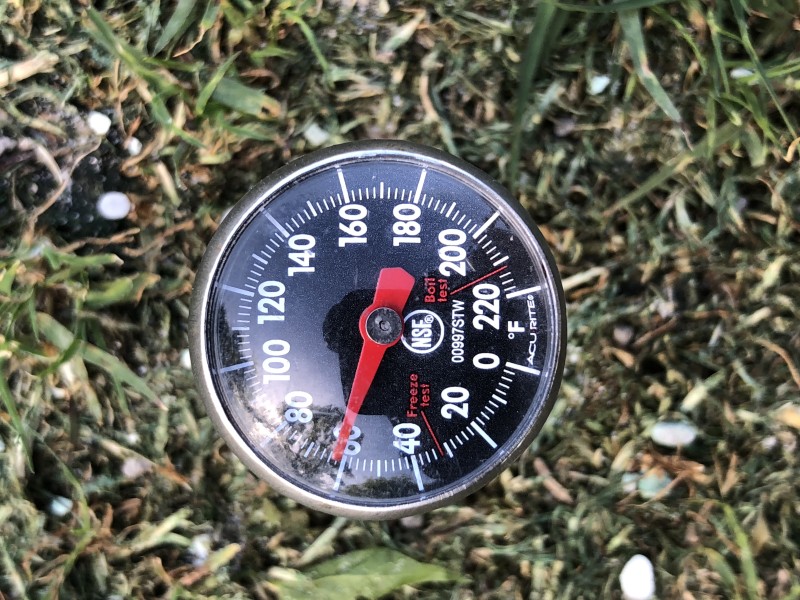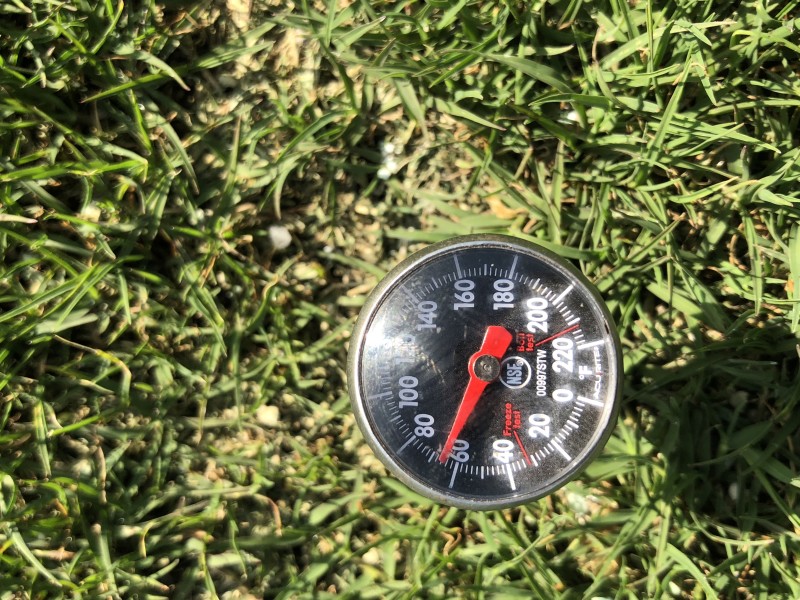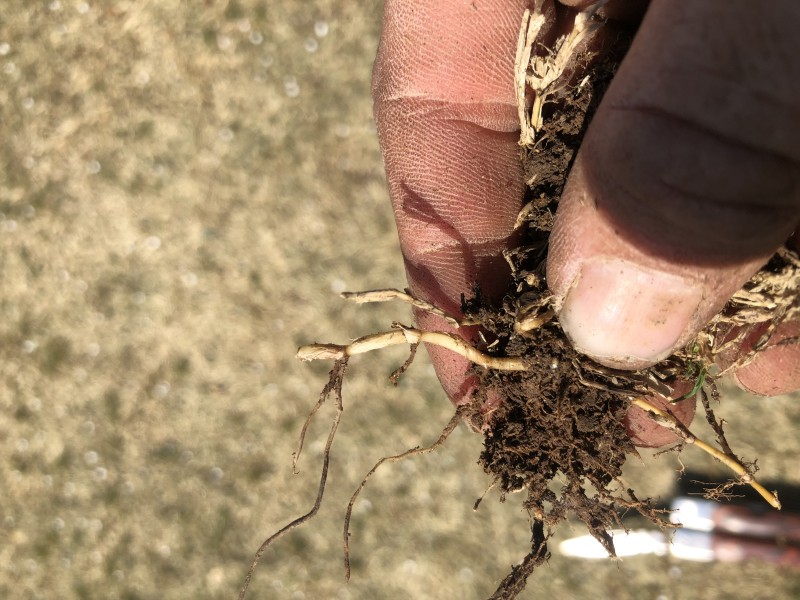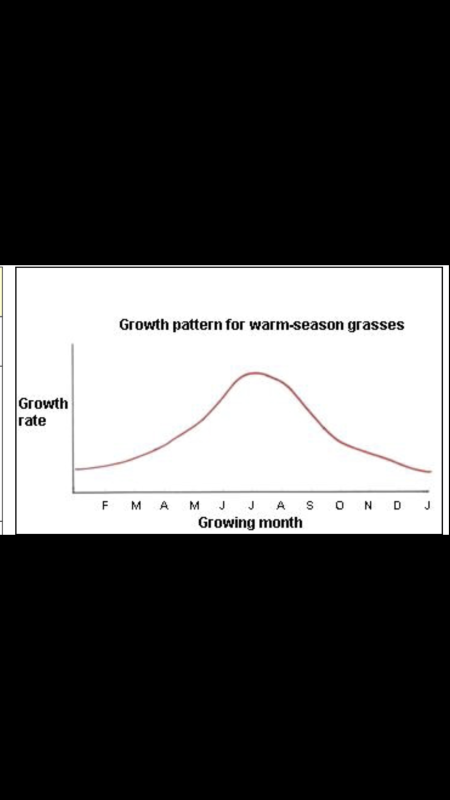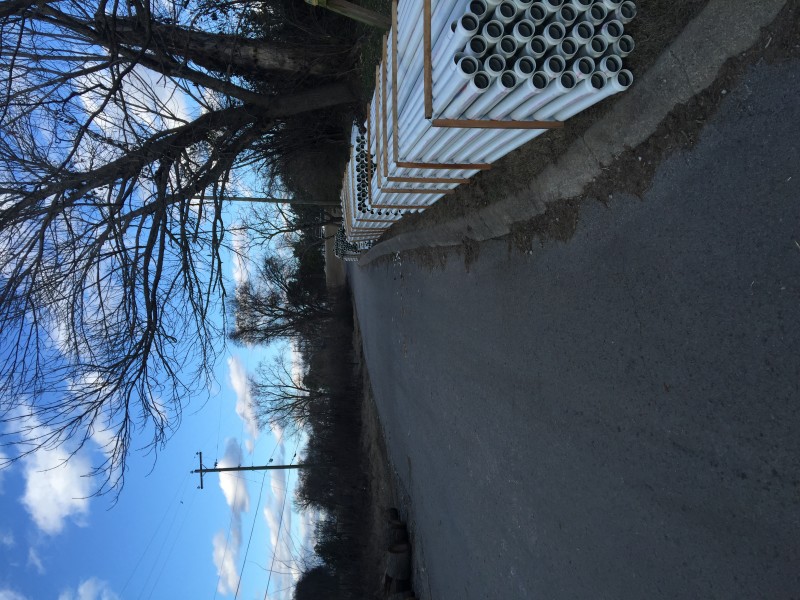Today was the day we dread each fall – our first frost delay. Our area has a 50% probability of the first frost occurring by October 25th, so we actually made it 10 days longer than average this year.
It’s frustrating to have to wait for frost to clear on cold mornings – you are ready to play and your maintenance staff is anxious to get ahead of you to prepare the course for the day’s play. But walking on closely mown frost covered grass can cause damage that will last for months.
Frost is essentially frozen dew. The ice crystals that form on the outside of the plant can also form on the inside of the grass blades. The grass plant, normally resilient to a person’s footsteps, becomes more brittle and fragile when the ice crystals form. In this condition, the added pressure from a footstep can cause the plant cells to rupture and render the grass unable to recover from this damage. Dead grass will begin to appear in the footprints in just a few days.
We appreciate your patience on these frosty mornings and want to assure you that we do all we can to get you on the course as soon as it’s safe for our turf.
Overall, our turfgrass has benefited from the better than normal fall weather this year. This is the fourth season since changing over to the Latitude 36 bermuda in our fairways and it has proven to be the good investment that we had hoped for. The grass is still holding a lot of its color, as seen in these photos from the last two weeks.
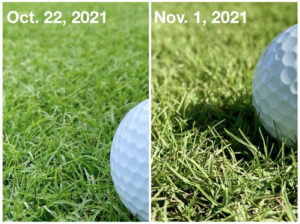
Despite the good color to date, the fairways have slowed their growth over the last few weeks as the nighttime temperatures have dropped. When soil temperatures drop below 55 F, bermudagrass has difficulty producing chlorophyll (remember your high school science classes) more rapidly than it is degrading in the plant. As a result, the grass will start to lose its dark green color as it goes dormant for the winter. We raised our mowing height at the beginning of October to allow the extra grass blade length needed to give us a good playing surface until the spring.
Between the reduced rollout from the longer fairway grass and shorter carry distance due to colder temps, moving up a set of tees is never a bad idea to keep the game fun during the winter months.

